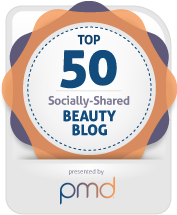Skin Cancer Doesn't Need Sunshine to Happen! May is Skin Cancer Awareness Month! BE AWARE! USE SUNBLOCK– Like Olay's Touch of Sun! LA STORY's Be Health Smart Blog!
May is Skin Cancer Awareness Month and while we love the sun and the golden glow, it’s important to be aware of the importance of using sunblock to fight against skin cancer. This is a SERIOUS issue because this potentially deadly disease is preventable– EASILY preventable by using sunblock every day– regardless if it’s sunny or rainy or overcast.
Every 67 minutes someone in the U.S. dies of melanoma; an astounding statistic for a disease which is nearly 100 percent curable when caught and treated early.
Because the incidence of skin cancer is increasing every year at, one in five Americans will be diagnosed with skin cancer over their lifetime. Sun protection alone is not enough to keep us safe.
That’s why Olay and the American Society for Dermatologic Surgery (ASDS) have partnered for “Skin Cancer Takes Friends,” a nationwide program offering women the opportunity make an appointment with one of more than 300 participating dermatologists nationwide for a free screening for themselves and a friend or loved one — so they can go together. Locally, 36 dermatologists in California are participating. For a full list of participating dermatologists, log on to www.SkinCancerTakesFriends.org.
While you want the glow of tanned skin check out the OLAY TOUCH OF SUN product which gives you a nice glow, smells good, and also has an spf in it. Remember sunblocks don’t last all day. Please reapply often!
Get your checkup and check back in with me!
>







